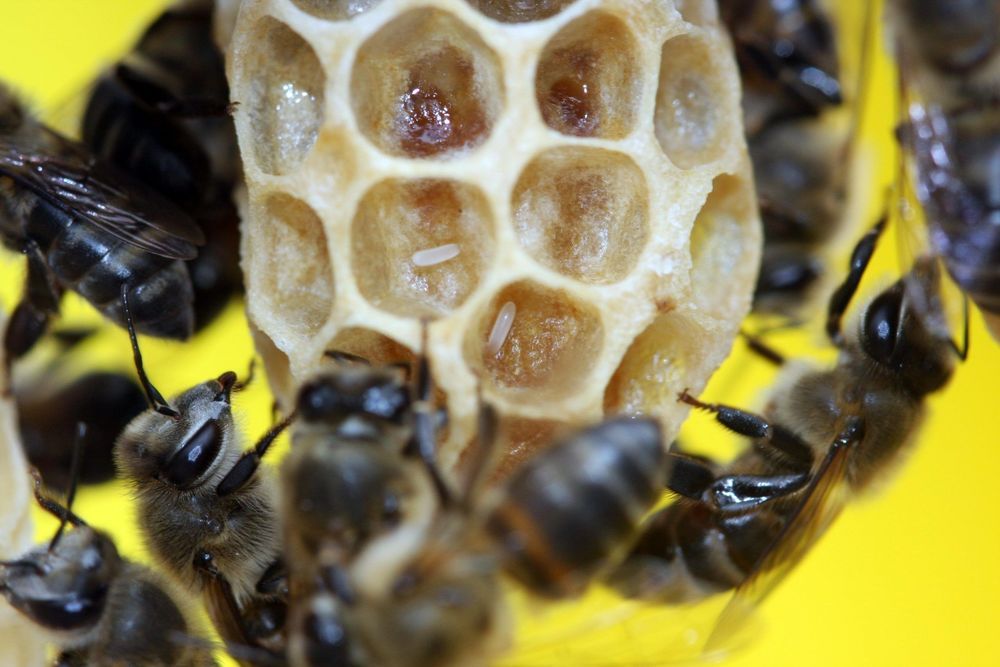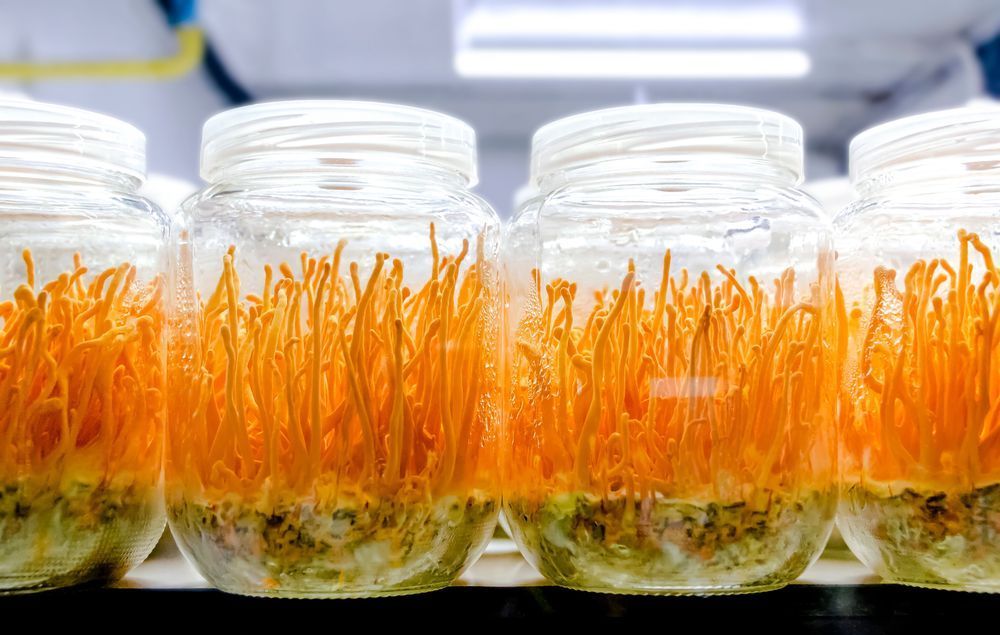Theoretical Physicist Lawrence Krauss writes in the Wall Street Journal.
WSJ: In the 1980s, when I was a young professor of physics and astronomy at Yale, deconstructionism was in vogue in the English Department. We in the science departments would scoff at the lack of objective intellectual standards in the humanities, epitomized by a movement that argued against the existence of objective truth itself, arguing that all such claims to knowledge were tainted by ideological biases due to race, sex or economic dominance.
It could never happen in the hard sciences, except perhaps under dictatorships, such as the Nazi condemnation of “Jewish” science, or the Stalinist campaign against genetics led by Trofim Lysenko, in which literally thousands of mainstream geneticists were dismissed in the effort to suppress any opposition to the prevailing political view of the state.






